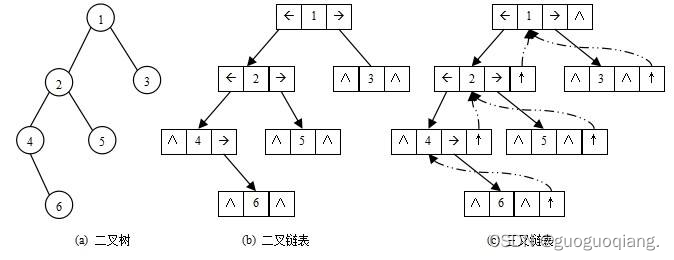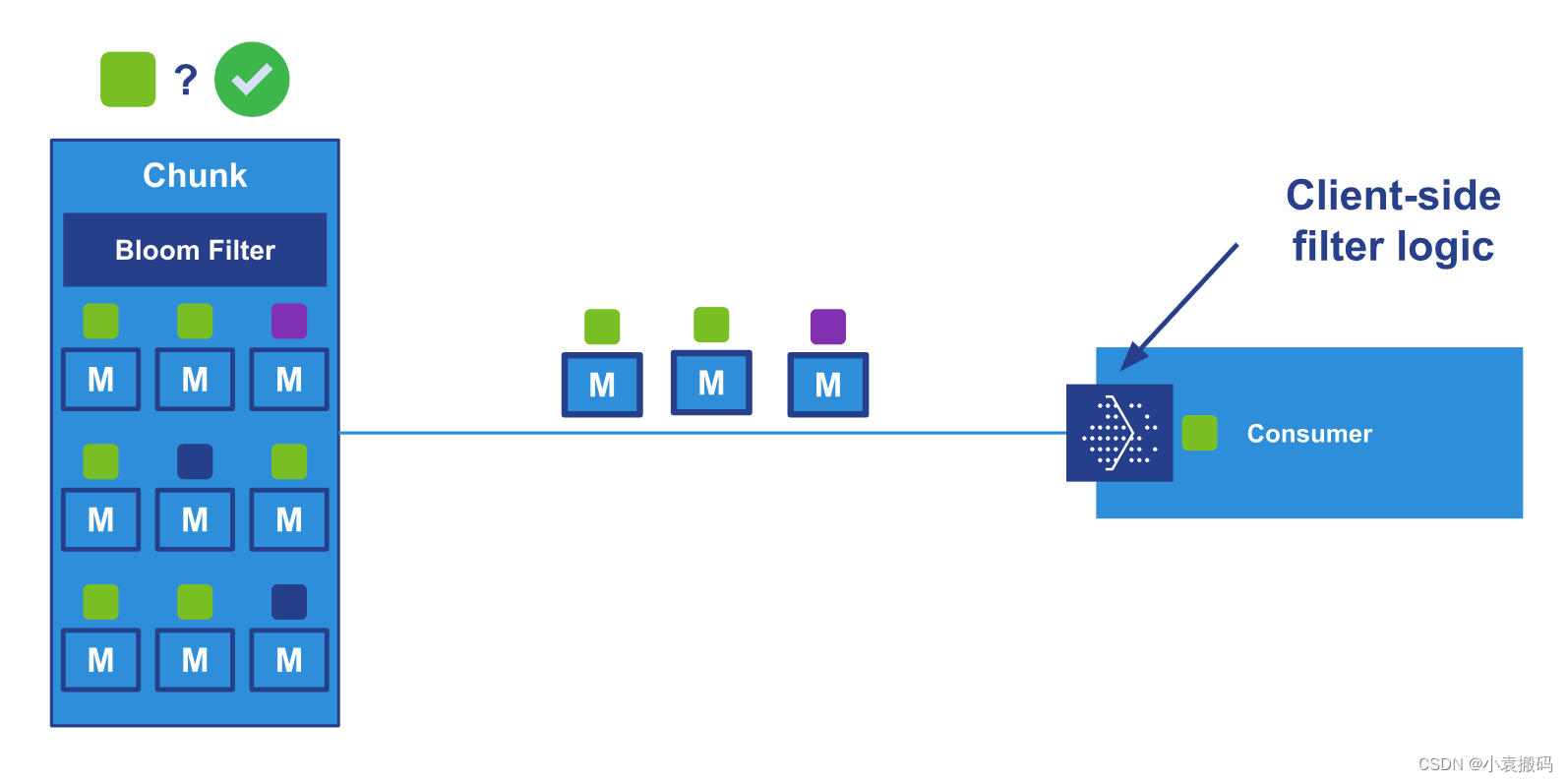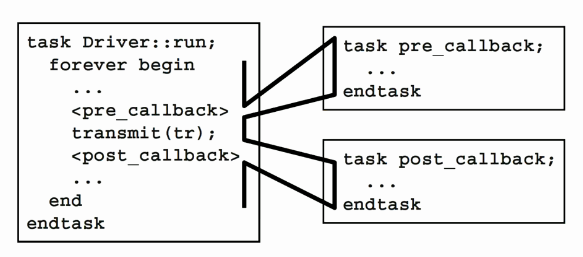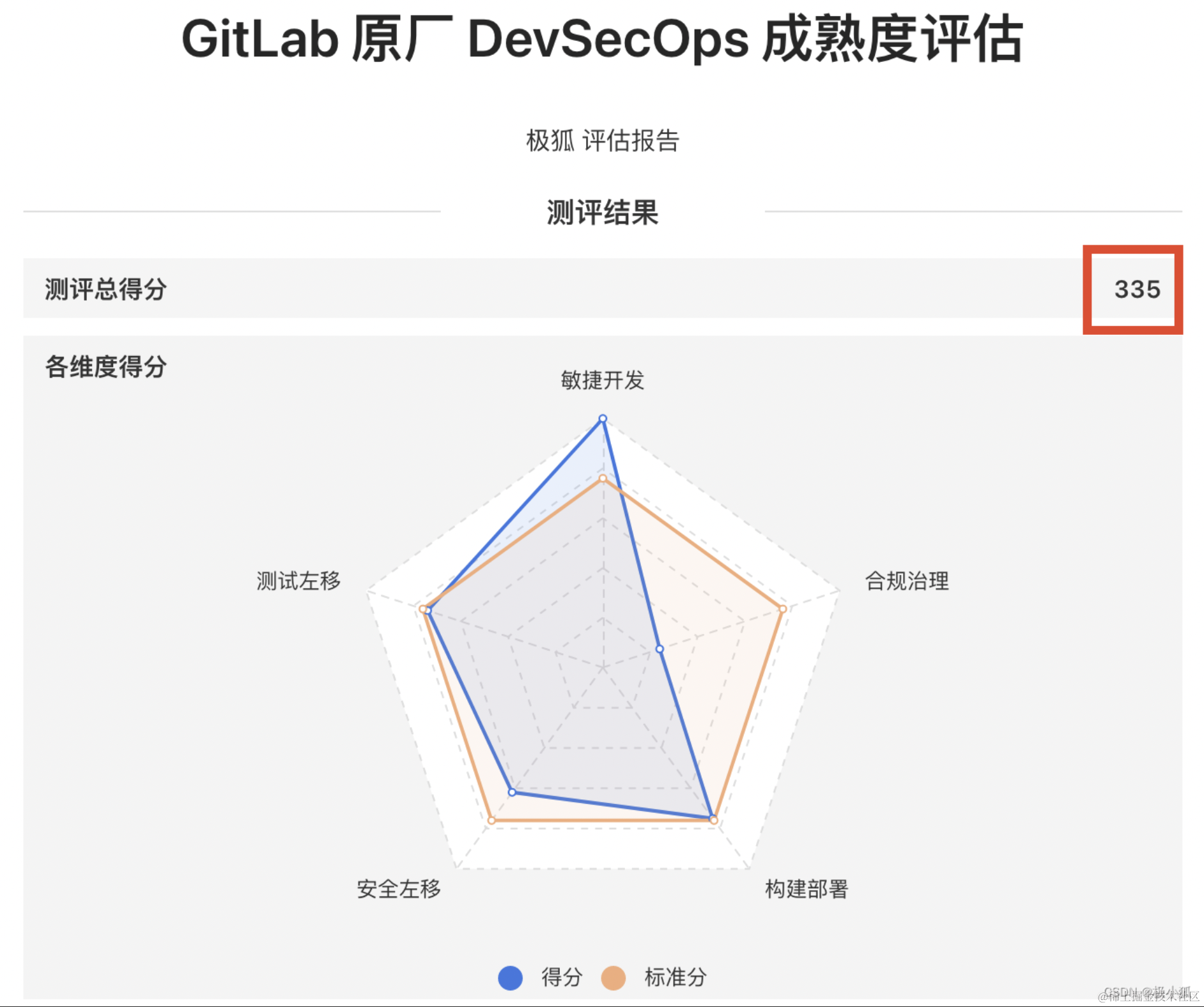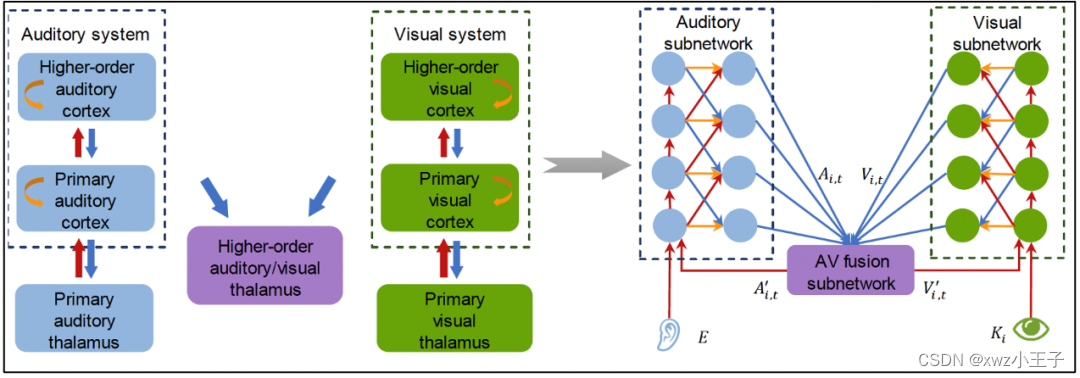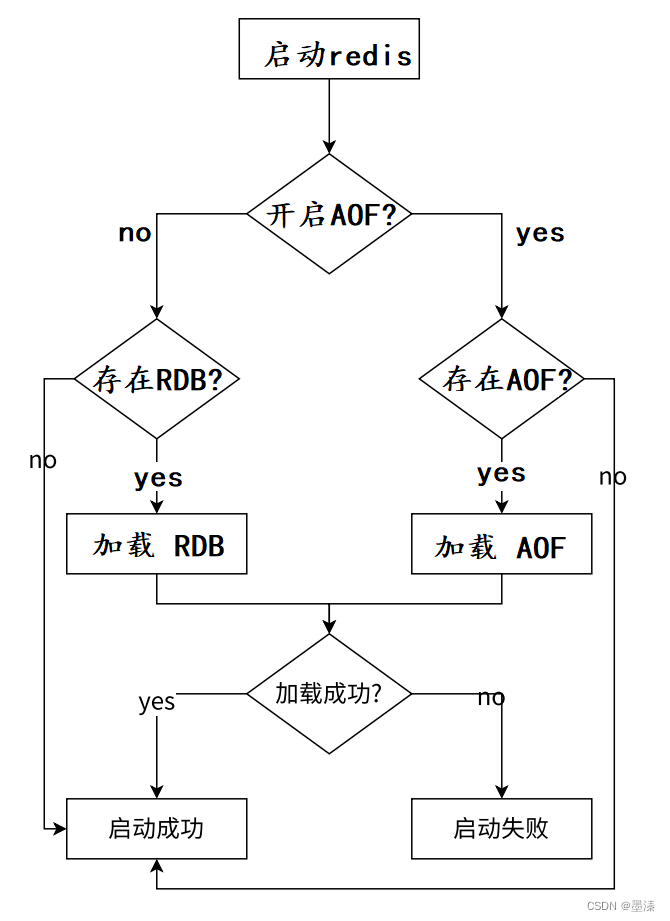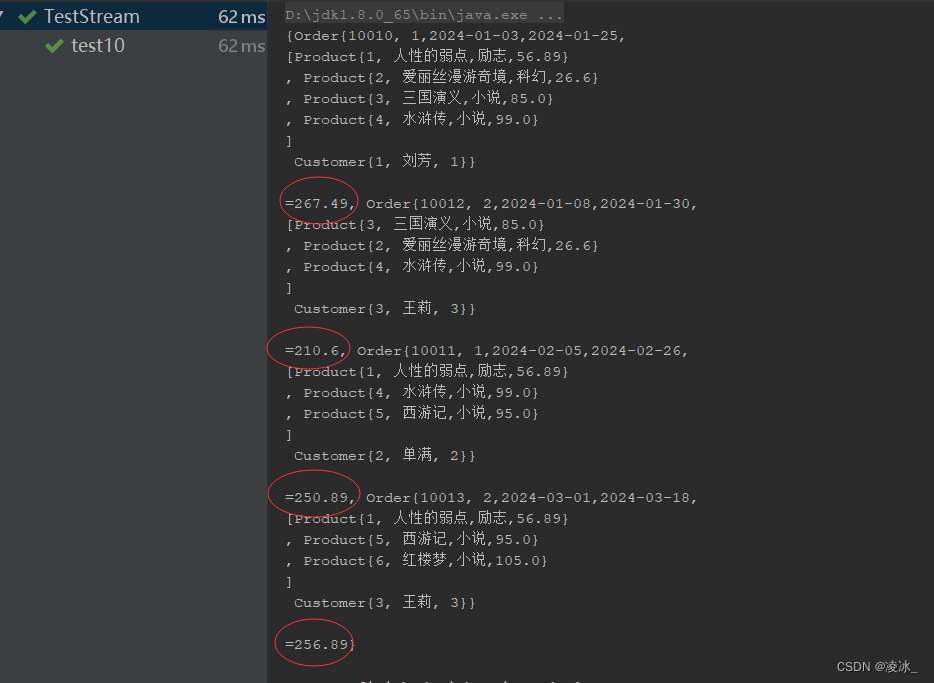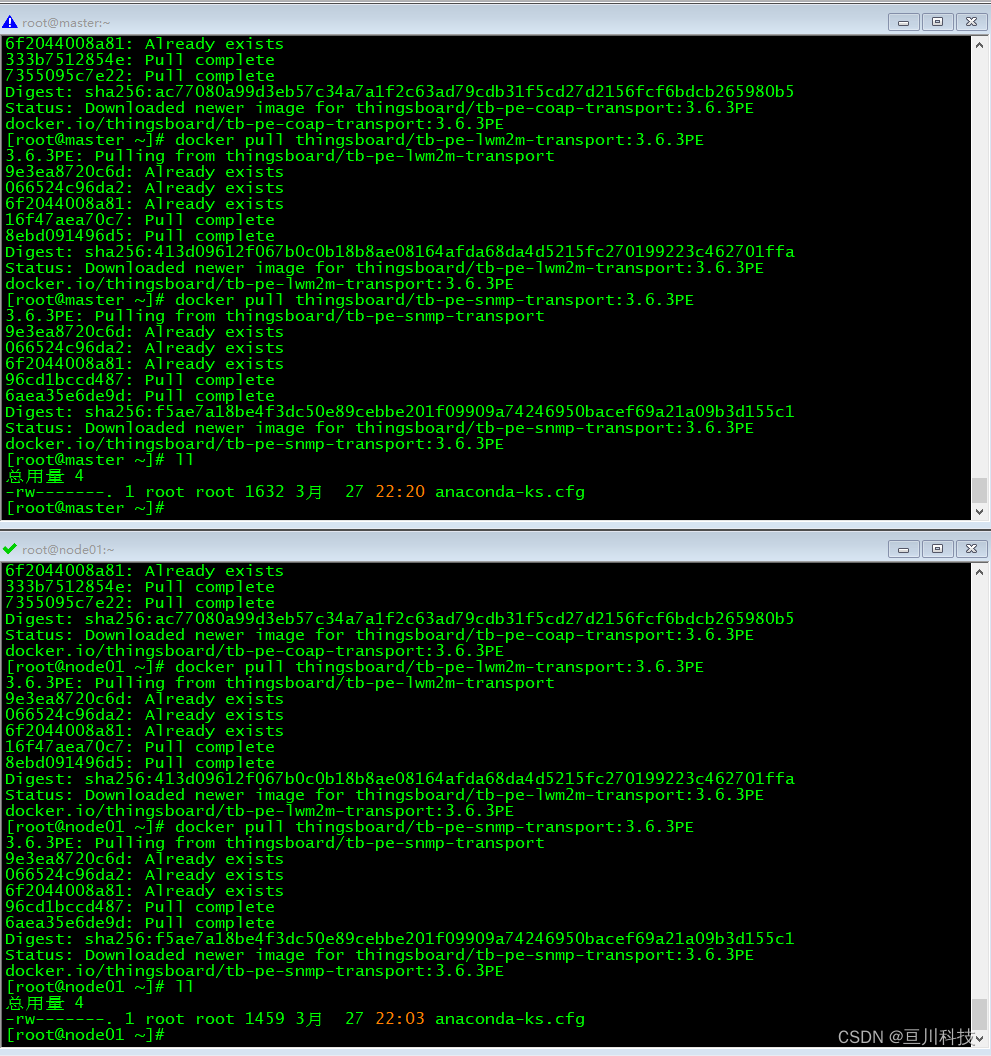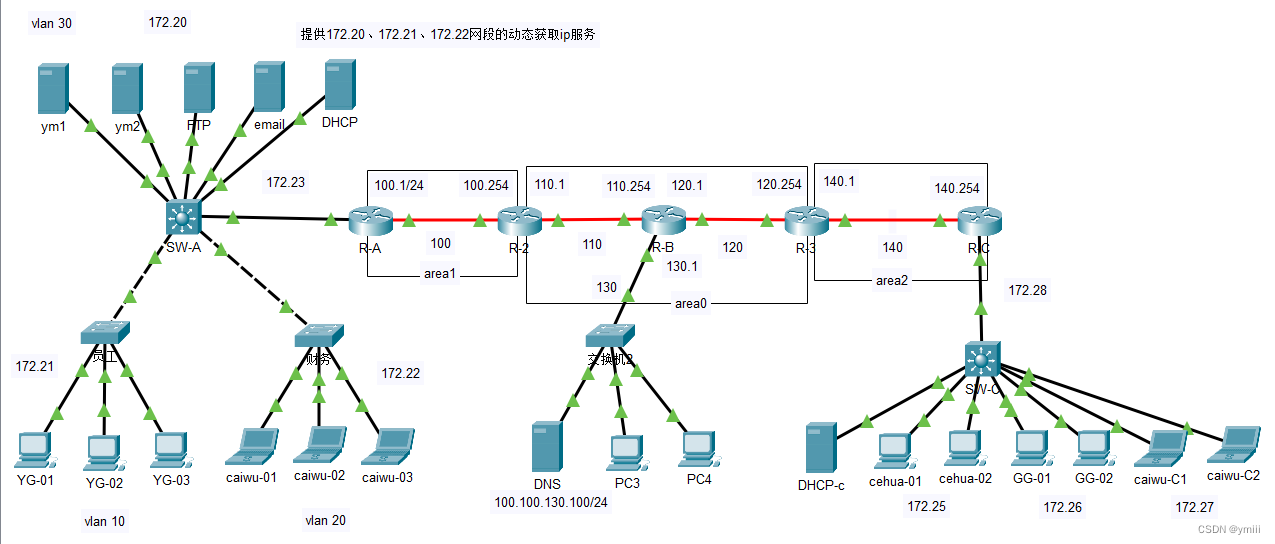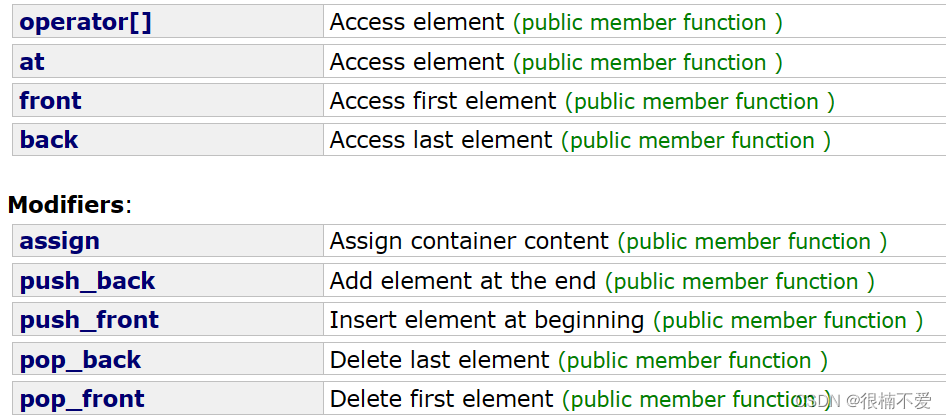SCI,CCF,EI及核心期刊绘图宝典,爆款持续更新,助力科研!
本期分享:
【SCI绘图】【曲线图1 python】绘制扫描点平滑曲线图

1.环境准备
python 3
import numpy as np
import pandas as pd
import proplot as ppltfrom proplot import rc
from scipy import interpolate2.示例数据
文件数据scan.txt如下:
# Scan of Total Energy
# X-Axis: Scan Coordinate
# Y-Axis: Total Energy (Hartree)
# X Y
-180.0000000000 -614.7078807270
-170.0000000000 -614.7072813600
-160.0000000000 -614.7060235750
-150.0000000000 -614.7044729460
-140.0000000000 -614.7031186350
-130.0000000000 -614.7024235580
-120.0000000000 -614.7026675650
-110.0000000000 -614.7038520300
-100.0000000000 -614.7057095070
-90.0000000000 -614.7077994270
-80.0000000000 -614.7096191460
-70.0000000000 -614.7106755590
-60.0000000000 -614.7105802990
-50.0000000000 -614.7092336990
-40.0000000000 -614.7069056520
-30.0000000000 -614.7041271490
-20.0000000000 -614.7015047450
-10.0000000000 -614.6995806060
0.0000000000 -614.6987069320
10.0000000000 -614.6989816060
20.0000000000 -614.7002335310
30.0000000000 -614.7020693810
40.0000000000 -614.7039714410
50.0000000000 -614.7054364440
60.0000000000 -614.7060960420
70.0000000000 -614.7058155830
80.0000000000 -614.7047308610
90.0000000000 -614.7032144970
100.0000000000 -614.7017755460
110.0000000000 -614.7009098540
120.0000000000 -614.7009204060
130.0000000000 -614.7018113420
140.0000000000 -614.7033313480
150.0000000000 -614.7050823020
160.0000000000 -614.7066426980
170.0000000000 -614.7076524370
180.0000000000 -614.7078805920
加载代码如下:
# 标题、x 和 y 轴 label
# 可以直接在 txt 中读取,也可以自行配置
title = None
xlabel = "Scan Coordinate"
ylabel = "Relative Energy (kJ/mol)"
# 如果 title、xlabel 和 ylabel 为 None 则在 txt 文件中找
# 打开 txt 文件,扫描 txt 文件中的前三行
with open('scan.txt', 'r', encoding='utf-8') as file:# 初始化 lines 变量lines = []for _ in range(3):line = file.readline().strip()# 判断是否存在 # 号开头的行if line.startswith('#'):line = line.lstrip('#').strip()# 如果不存在则直接跳出循环else:breaklines.append(line)if title is None:title = lines[0]if xlabel is None:xlabel = lines[1]if ylabel is None:ylabel = lines[2]3.绘图展示
figure相关设置如下
# 全局字体
fontname = "Arial"
# 全局字号,分别为普通字体、标签字体和标题字体
fontsize = [10.5, 12, 14]
# 颜色主题,可以修改自己喜欢的颜色或者 16 进制颜色,第一个颜色为折线颜色,第二个颜色为点的颜色
colors = ["#D8005E", "#3233A6"]
# x 轴和 y 轴的刻度以及间距 [min, max, ticked]
xlim = [-180, 180, 60]
ylim = [-10, 40, 10]# 使用 Pandas 读取 Gaussian 生成的 txt 文件中的数据
data = pd.read_csv("scan.txt", delim_whitespace=True, header=None, skiprows=4, names=['X', 'Y'])
# 将 DataFrame 对象中 Y 减去最小值 yMin 同时乘以 2625.51
data['Y'] = (data['Y'] - data['Y'].min()) * 2625.51# 设置绘图的默认参数,如字体、字号等
rc['font.family'] = fontname
rc['title.size'] = fontsize[2]
rc['label.size'] = fontsize[1]
rc['font.size'] = fontsize[0]
# 设置其他参数
rc['tick.width'] = 1.3
rc['meta.width'] = 1.3
rc['title.weight'] = 'bold'
rc['label.weight'] = 'bold'
rc['tick.labelweight'] = 'bold'
rc['ytick.major.size'] = 4.6
rc['ytick.minor.size'] = 2.5
rc['xtick.major.size'] = 4.6
rc['xtick.minor.size'] = 2.5绘图逻辑如下:
# 创建实例
fig, ax = pplt.subplots(figsize=(5.4 * 0.9, 4 * 0.9))# 使用插值函数,让折线图变平滑
f = interpolate.interp1d(data['X'].values, data['Y'].values, kind='quadratic')
xNew = np.linspace(data['X'].min(), data['X'].max(), 101)
yNew = f(xNew)# 绘制平滑曲线图
ax.plot(xNew, yNew, color=colors[0], linewidth=1.3, zorder=1)
# 绘制实际的点
ax.scatter(data['X'], data['Y'], color=colors[1], zorder=2, edgecolor='black')# 格式化图像
fig.format(grid=False, ylabel=ylabel, xlabel=xlabel, title=title,xlim=(xlim[0], xlim[1]), xminorlocator=(xlim[2] / 2), xlocator=xlim[2], ylim=(ylim[0], ylim[1]),yminorlocator=(ylim[2] / 2), ylocator=ylim[2]
)# 显示图像
fig.show()# 保存图像
fig.savefig("scan.png", dpi=400, bbox_inches="tight")完整代码:
import numpy as np
import pandas as pd
import proplot as ppltfrom proplot import rc
from scipy import interpolate# 标题、x 和 y 轴 label
# 可以直接在 txt 中读取,也可以自行配置
title = None
xlabel = "Scan Coordinate"
ylabel = "Relative Energy (kJ/mol)"
# 如果 title、xlabel 和 ylabel 为 None 则在 txt 文件中找
# 打开 txt 文件,扫描 txt 文件中的前三行
with open('scan.txt', 'r', encoding='utf-8') as file:# 初始化 lines 变量lines = []for _ in range(3):line = file.readline().strip()# 判断是否存在 # 号开头的行if line.startswith('#'):line = line.lstrip('#').strip()# 如果不存在则直接跳出循环else:breaklines.append(line)if title is None:title = lines[0]if xlabel is None:xlabel = lines[1]if ylabel is None:ylabel = lines[2]# 全局字体
fontname = "Arial"
# 全局字号,分别为普通字体、标签字体和标题字体
fontsize = [10.5, 12, 14]
# 颜色主题,可以修改自己喜欢的颜色或者 16 进制颜色,第一个颜色为折线颜色,第二个颜色为点的颜色
colors = ["#D8005E", "#3233A6"]
# x 轴和 y 轴的刻度以及间距 [min, max, ticked]
xlim = [-180, 180, 60]
ylim = [-10, 40, 10]# 使用 Pandas 读取 Gaussian 生成的 txt 文件中的数据
data = pd.read_csv("scan.txt", delim_whitespace=True, header=None, skiprows=4, names=['X', 'Y'])
# 将 DataFrame 对象中 Y 减去最小值 yMin 同时乘以 2625.51
data['Y'] = (data['Y'] - data['Y'].min()) * 2625.51# 设置绘图的默认参数,如字体、字号等
rc['font.family'] = fontname
rc['title.size'] = fontsize[2]
rc['label.size'] = fontsize[1]
rc['font.size'] = fontsize[0]
# 设置其他参数
rc['tick.width'] = 1.3
rc['meta.width'] = 1.3
rc['title.weight'] = 'bold'
rc['label.weight'] = 'bold'
rc['tick.labelweight'] = 'bold'
rc['ytick.major.size'] = 4.6
rc['ytick.minor.size'] = 2.5
rc['xtick.major.size'] = 4.6
rc['xtick.minor.size'] = 2.5# 创建实例
fig, ax = pplt.subplots(figsize=(5.4 * 0.9, 4 * 0.9))# 使用插值函数,让折线图变平滑
f = interpolate.interp1d(data['X'].values, data['Y'].values, kind='quadratic')
xNew = np.linspace(data['X'].min(), data['X'].max(), 101)
yNew = f(xNew)# 绘制平滑曲线图
ax.plot(xNew, yNew, color=colors[0], linewidth=1.3, zorder=1)
# 绘制实际的点
ax.scatter(data['X'], data['Y'], color=colors[1], zorder=2, edgecolor='black')# 格式化图像
fig.format(grid=False, ylabel=ylabel, xlabel=xlabel, title=title,xlim=(xlim[0], xlim[1]), xminorlocator=(xlim[2] / 2), xlocator=xlim[2], ylim=(ylim[0], ylim[1]),yminorlocator=(ylim[2] / 2), ylocator=ylim[2]
)# 显示图像
fig.show()# 保存图像
fig.savefig("scan.png", dpi=400, bbox_inches="tight")
